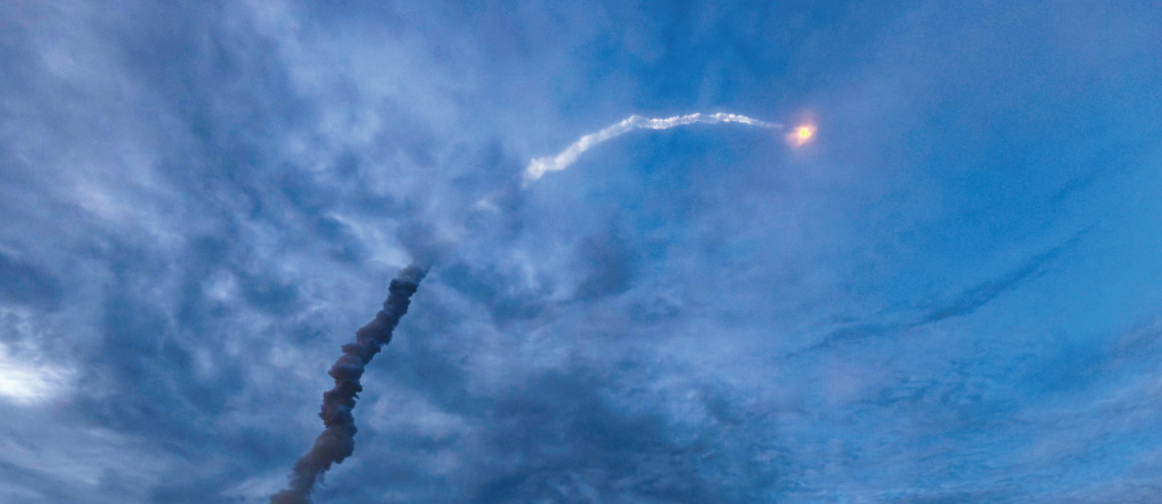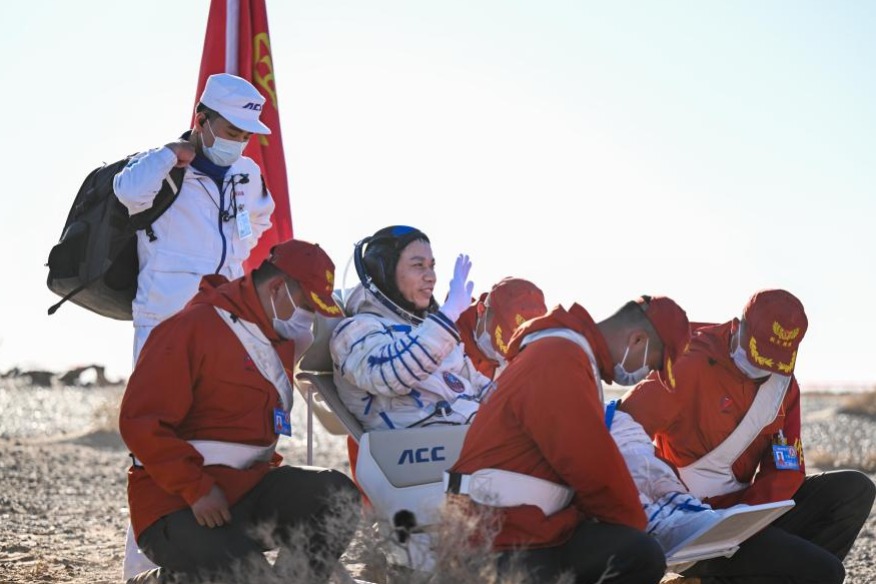Europe retires Ariane-5 and is without launcher
By EARLE GALE | China Daily Global | Updated: 2023-07-07 09:50

Europe's space program headed into uncharted territory this week, after an Ariane-5 rocket blasted off for the final time, and with no firm date set for the arrival of its replacement.
The European Space Agency's 53-meter-tall, three-stage, heavy-lift launcher set off from the Kourou spaceport in French Guiana on Wednesday to deliver two military communications satellites into orbit and wind up its almost three decades of service to Europe.
During its tenure, the workhorse Ariane-5 undertook 117 missions and only failed twice, earning it a reputation as the ESA's reliable alternative to launchers operated by NASA and Russia's Soyuz program, and putting Europe firmly on the space-race map.
Stephane Israel, CEO of Arianespace, the company that built and operated the rocket for the ESA, said during a live internet broadcast of the launch: "Ariane 5 is now over, and Ariane 5 has perfectly finished its work."
During its long, reliable run, Ariane-5 rockets, which are expendable and built anew for each mission, delivered more than 230 satellites into orbit.
However, its replacement, Ariane-6, is not expected to be ready until at least next year and, with Europe no longer able to commission space on Russian launchers, the continent is likely to rely more heavily than ever on United States launchers.
Josef Aschbacher, the ESA's director general, told the BBC: "Europe finds itself... in an acute launcher crisis."
He said the ESA had to retire the Ariane-5 because the cost of building new versions for each mission had become unsustainable compared to the cost of cheaper competitors. Chief among them, Reuters reported, was the reusable Falcon launcher produced by Elon Musk's SpaceX company, which was significantly cheaper to commission than the Ariane-5.
Aschbacher said the "performance and the accuracy of the Ariane-5 had been quite unique" but insisted the cheaper-to-operate Ariane-6, which has been held up by technical delays, "will have the same performance and the same accuracy, once it's on the launch pad".
The ESA expects its new launcher to be at least 40 percent cheaper to build than the Ariane-5. However, the ESA has still not managed to match the reusable aspect of the SpaceX Falcon and a new Ariane-6 rocket will be needed for each new mission. The agency said it does not expect to have a reusable rocket in service until sometime in the 2030s.
During its time in operation, the Ariane-5 delivered prominent payloads for Europe and its friends, including the ESA's comet-watching Rosetta mission, the Galileo navigation satellites, the James Webb Space Telescope, and equipment for the ESA's Juice mission to survey Jupiter and its moons. But, for the immediate future at least, Europe is no longer active in space.
























